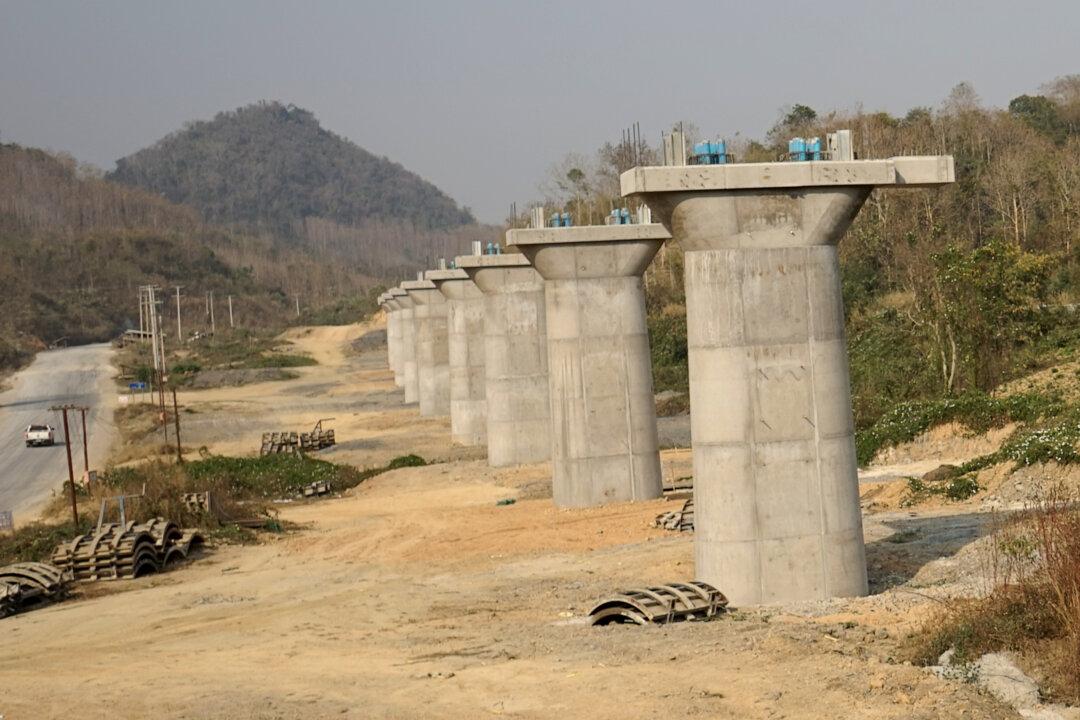A new comprehensive study found that China is overhauling its decade-long Belt and Road Initiative (BRI), a global infrastructure scheme that has invested billions of dollars into developing nations.
According to AidData, a research lab at the university of William & Mary, Chinese leaders are looking to “de-risk” by adjusting the worldwide lending initiative to mitigate risks of not being repaid. Beijing also is attempting to limit its reputational damage in these developing markets, as a recent Gallup World Poll found that average disapproval ratings in low- and middle-income countries have soared since 2019.





